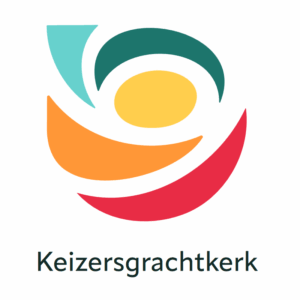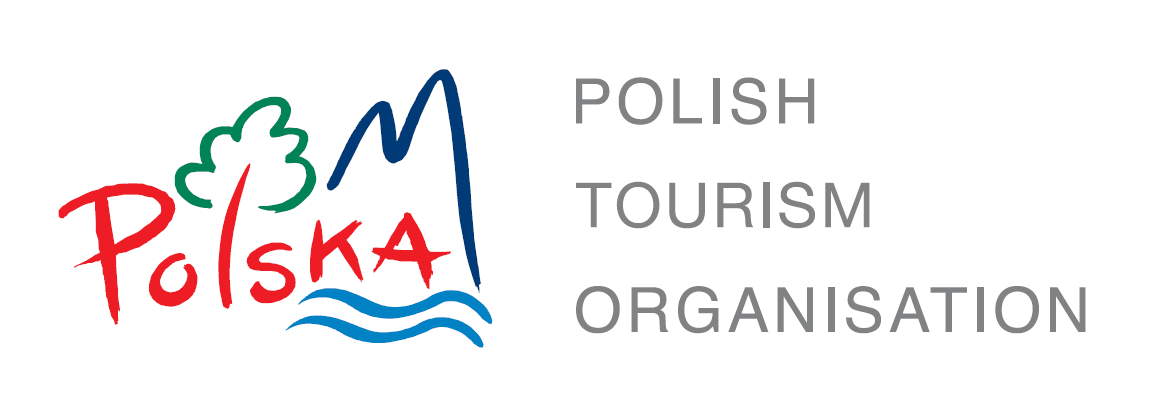Exhibition and Guided Tour
Are you aware of the Polish traces in Amsterdam?
If you walk along Amsterdam’s canals, you might not notice it, but the city has a deep historical connection with Poland—literally beneath our feet—in the wooden piles from Polish forests supporting many old buildings. The exhibition Polish Traces in Amsterdam reveals how Poland helped shape the city, from trade and art to migration and culture. A unique tribute to Amsterdam’s 750th anniversary!
Exhibition
- Keizersgrachtkerk, Keizersgracht 566, 1017 EM Amsterdam
- Extended until Sunday, September 28
- Dates and opening hours
- €5,– available on site
Guided walking tour
- €15 per person, group: 10–15 people
- 06.09 • 13.09 • 20.09 at 14:30
Register via: info(at)polishculture.nl
As a multicultural city shaped by generations of newcomers, Amsterdam carries many visible traces of Polish immigrants. That’s no coincidence—Amsterdam and Poland share a deep-rooted connection that began over 700 years ago through trade. By bringing overlooked historical facts to light, the Polish Culture NL Foundation aims to highlight Poland’s long-standing contribution to Amsterdam’s history.
Today, the city is home to people from more than 180 nationalities, and among them, the Polish presence is particularly notable. This is no accident. Amsterdam and Poland have more in common than one might think at first glance. Poles have made lasting contributions to the cultural, economic, and social fabric of the city. Wooden foundations from the Polish-Lithuanian Commonwealth still support historic Amsterdam buildings. Dutch Masters often painted on oak panels from the forests of Poland.
In the 17th century, Poland was an influential political power in Europe, not only economically, but also in the fields of science and culture. Rembrandt’s famous painting The Polish Rider likely depicts a Polish nobleman, and Dutch architect Tylman van Gameren, encouraged by Prince Lubomirski, left a lasting mark on Poland’s architecture.


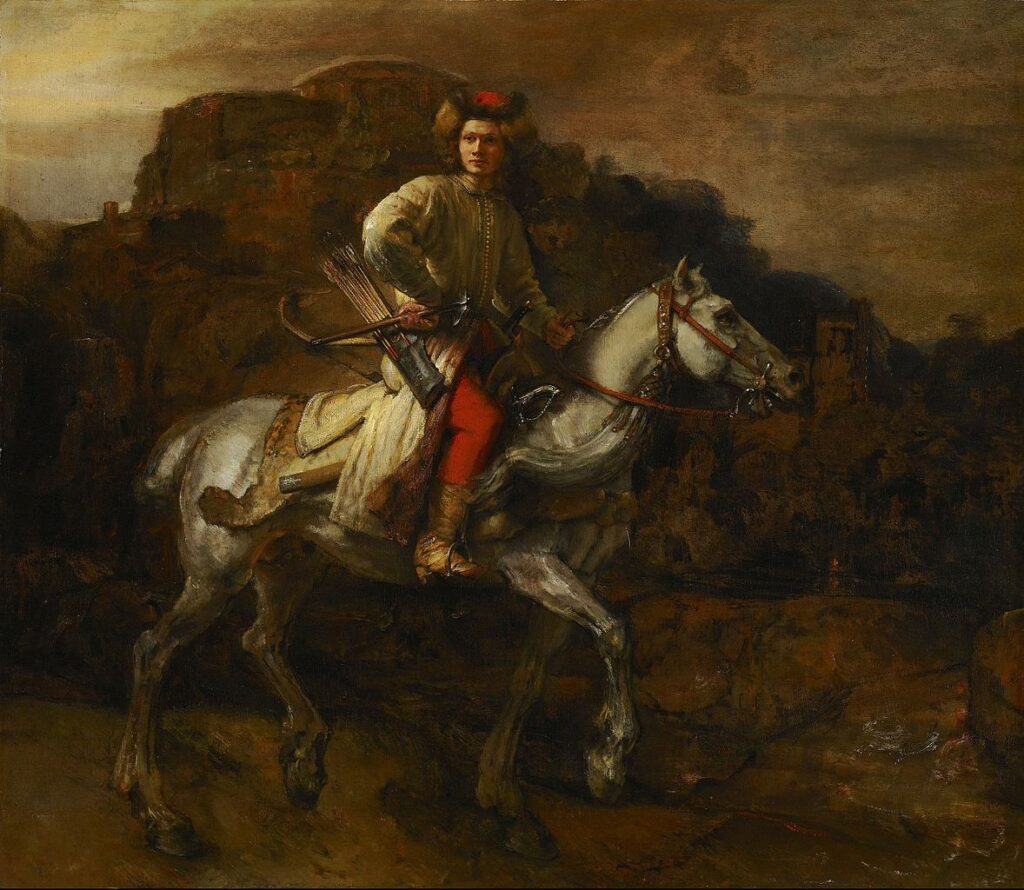
Over the centuries, Polish immigrants have continued to leave their mark on the city. From the iconic Tuschinski Theatre to street names like Henri Polaklaan and the warehouse De Pool, the Polish presence is woven into Amsterdam’s urban fabric.
Migration is a timeless phenomenon. Its traces form part of our collective memory and help shape the society we live in today.
As Amsterdam celebrates its 750th anniversary, it’s the perfect moment to reflect on this often-forgotten chapter: the centuries-old bond between Amsterdam and Poland.

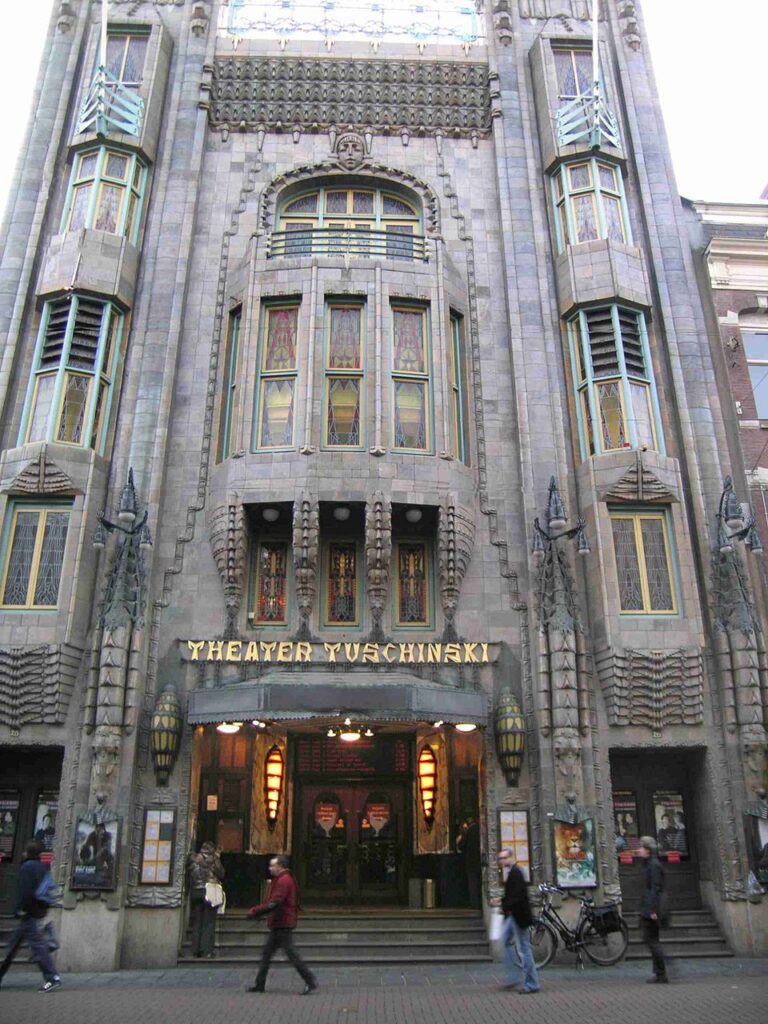
Want to read more? Discover even more stories on the website of the City of Amsterdam: Ben je bekend met Poolse sporen in Amsterdam?
Programme
Official opening (an invitation-only event)
Educational session for children
The Secret of the Seven Ships/ Sekret siedmiu statków holenderskich w Gdańsku
Justyna Wubs – Mrozewicz
Presentations
Polish contribution to liberation of the Netherlands
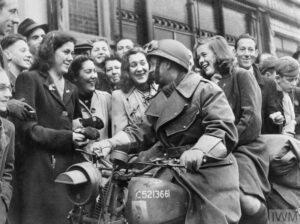
Hans Kardol & Arno Baltussen
That Poland fought for our liberation during World War II is unknown or only partially known to many people. More and more people are becoming familiar with “The Polish Liberators of Breda” and the “Poles of Driel” who fought in Operation Market Garden. However, it is much less known, or even completely unknown, that traces of Polish liberators can be found throughout the Netherlands. This lecture introduces you to the Polish contribution and the price Poland paid for it. You will also discover how the Poles eventually ended up in the Netherlands from their homeland. For many, it was literally a world journey of several months, something we can now reach in a day in a borderless Europe. We will also discuss what World War II meant for the homeland of our liberators and why their liberation had to wait until 1989. Of course, we will also tell the story of one of the Polish war graves, which is easy to visit from Aalsmeer, as the traces are closer than you think.
The Secret of the Seven Ships
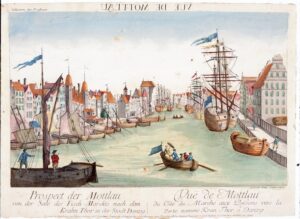
Justyna Wubs - Mroziewicz
The Secret of the Seven Ships is not only the title of a book, but also of a presentation that will be part of the Polish Traces in Amsterdam exhibition. The author of both is Justyna Wubs-Mroziewicz, Associate Professor of Medieval History at the University of Amsterdam. The presentation, based on the content of the book, will offer a rather unusual perspective on the fate of seven Dutch ships that arrived in the port of Gdańsk in 1564 and, due to an unexpected turn of events, were forced to remain there for some time. The author demonstrates how the histories of Gdańsk and Amsterdam are closely intertwined and how past and present are intimately connected. She also reveals some of the secrets behind the work of professional historians. Although the book is aimed at younger readers, the story it tells is sure to capture the interest of an older audience as well.
Partners and Sponsors
The exhibition Polish Traces in Amsterdam, organized in the framework of Amsterdam’s 750th anniversary, is made possible primarily through the generous support of Stichting Amsterdam 750, Keizersgrachtkerk, en het Cultuurfonds. With financial support from the Polish Embassy in Den Haag and the Polish Tourist Office, highlighting the importance of building cultural bridges between Amsterdam and Poland.

